The exhibition By or Of Marcel Duchamp or Rrose Sélavy presents the only readymade which has not had subsequent editions, thus remaining a unique piece: Door: 11, rue Larrey. In 1927 Duchamp lived in a small apartment on Rue Larrey, in the fifth arrondissement of Paris, where he had also decided to house his atelier. To make the space livable for him and his wife, he decided to mount a single door in a strategic point: between the atelier, the living room and the bathroom. The result is that the door is always open and always closed, since it is hinged between two rooms. If it closes the bathroom, it opens the living room, if it closes the living room, it opens the bathroom.
Since its regeneration into a work of art in 1927, the Door has had an extraordinary history. At the 1978 Venice Biennale, mistaken for a very ordinary door, it was repainted with a double coat of paint by the painters responsible for the installation work, resulting in a very expensive compensation to the owner.
The exhibition also presents La Boîte Verte, both in the luxury version made in twenty copies and in the higher edition version containing ninety-three notes, writings, projects and photographs for the creation of the Large Glass (1915-1923). This famous work is also known as La Mariée mise à nu par ses célibataires, même and is considered by Duchamp himself as central to his artistic career.
Duchamp stands as an innovator when it comes to the theme of reproduction, often in series, of his works. It took him six years, from 1935 to 1941, to develop the concept and create La Boîte-en-Valise, also on display. This work comprises sixty-eight pieces – including a small version of Fountaine and a rectified readymade Mona Lisa with beard and mustache with the inscription “L.H.O.O.Q.” – reproduced in miniature to be transportable in a suitcase. Reproducibility and portability of the works, however, are not the only themes raised with the Boîte. In fact, this compendium enclosed in a box strongly recalls the concept of an album, and consequently of autobiography. Putting aside the rules considered until then to be fundamental for the creation of art – such as taste, style, formal pursuit, and intent – the miniatures offer a new accessibility to a wider audience, as if the artist had created a small, portable and independent museum.
The exhibition also brings together an extraordinary set of photographs taken by Ugo Mulas alongside the complete series of etchings he designed to illustrate the creation of the individual components of The Large Glass.
Mattia De Luca Gallery
info@mattiadeluca.com
+39 06 6991188
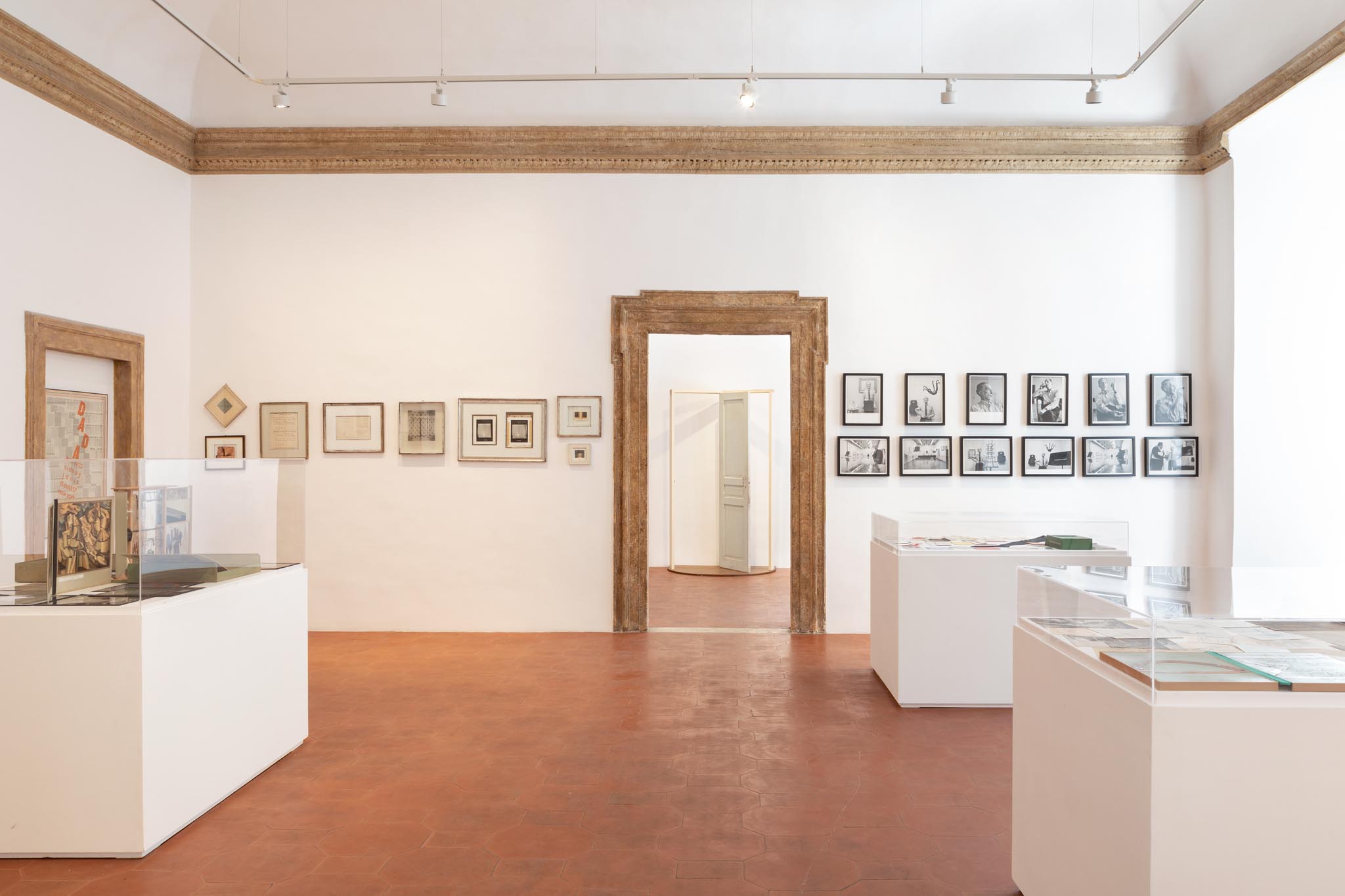

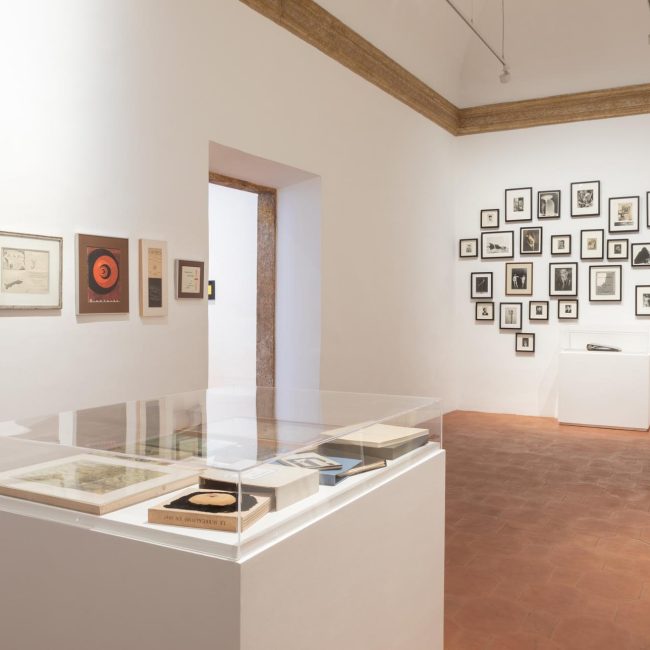
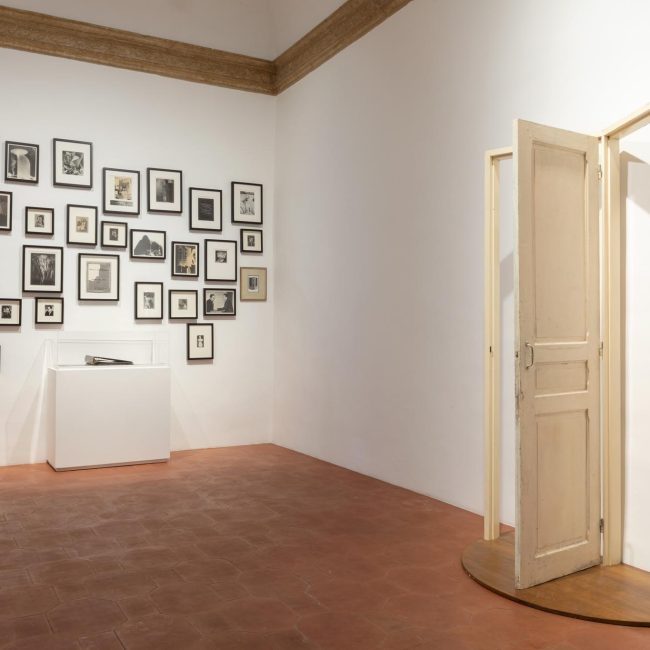
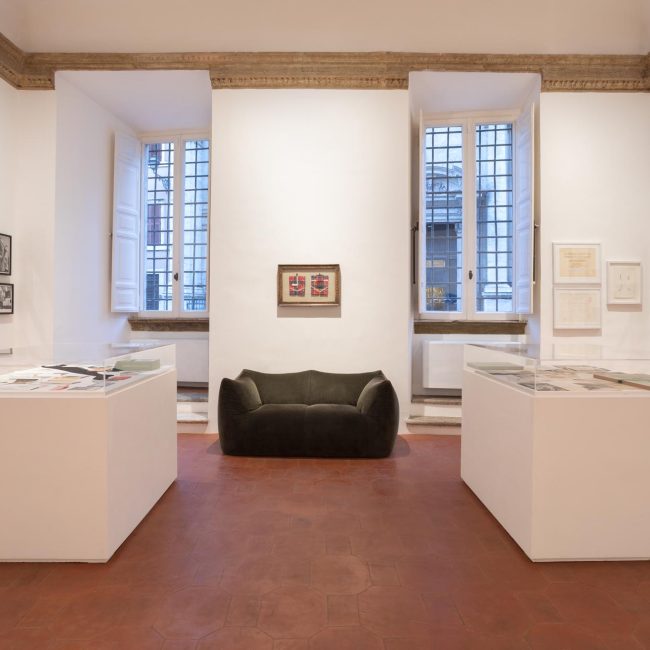
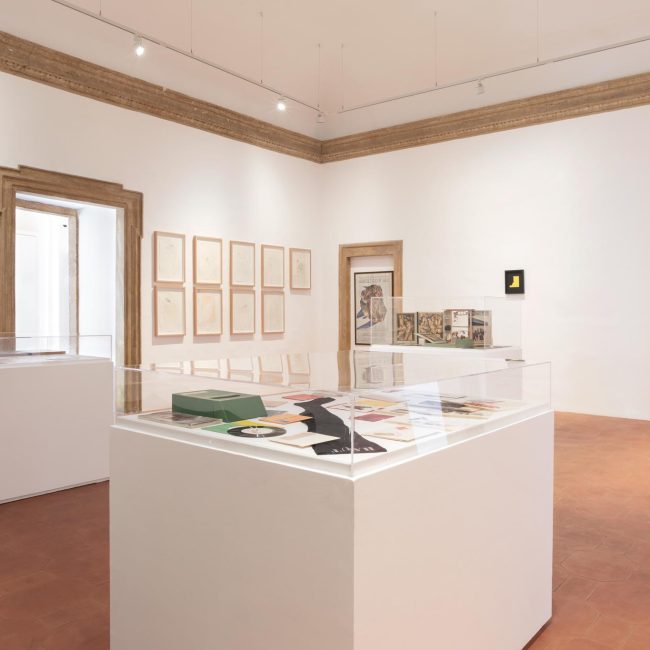
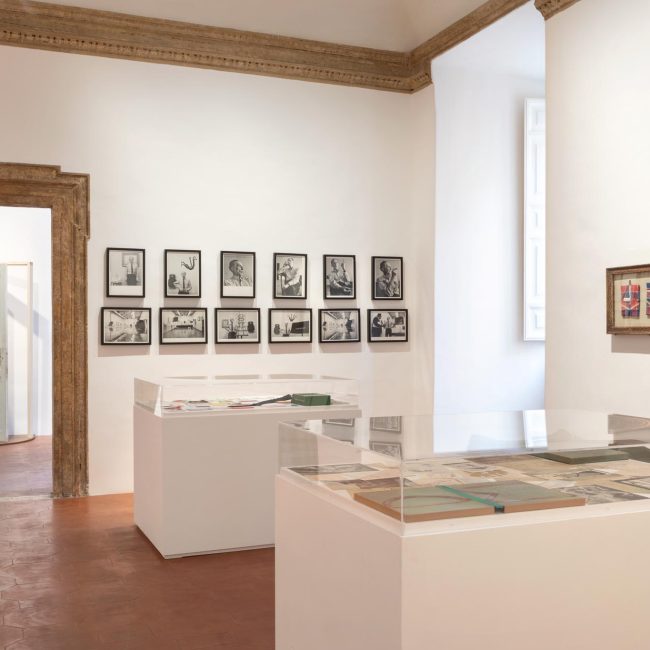
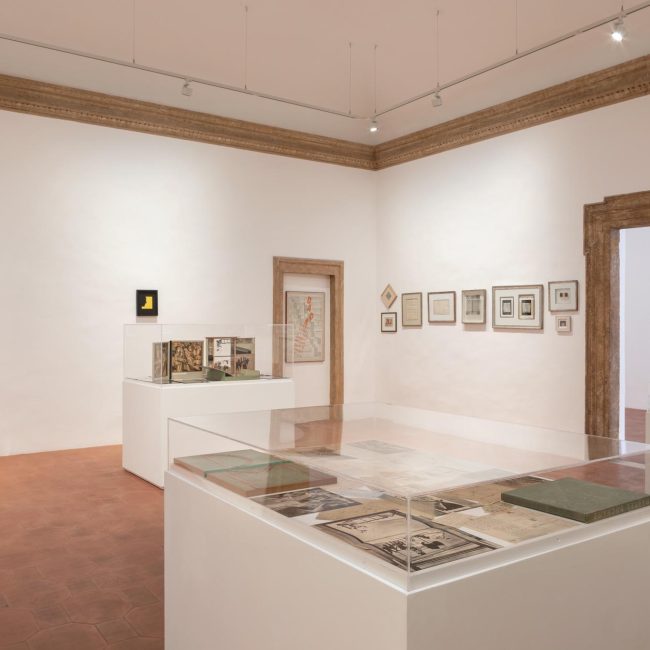
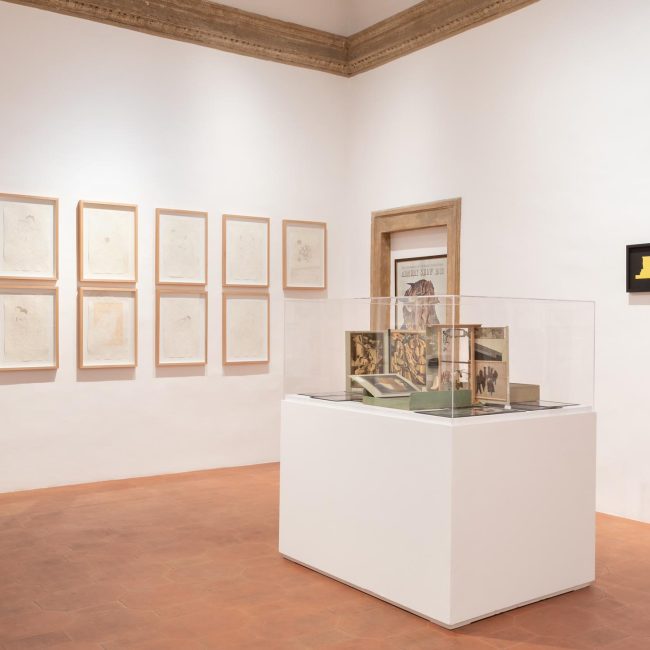
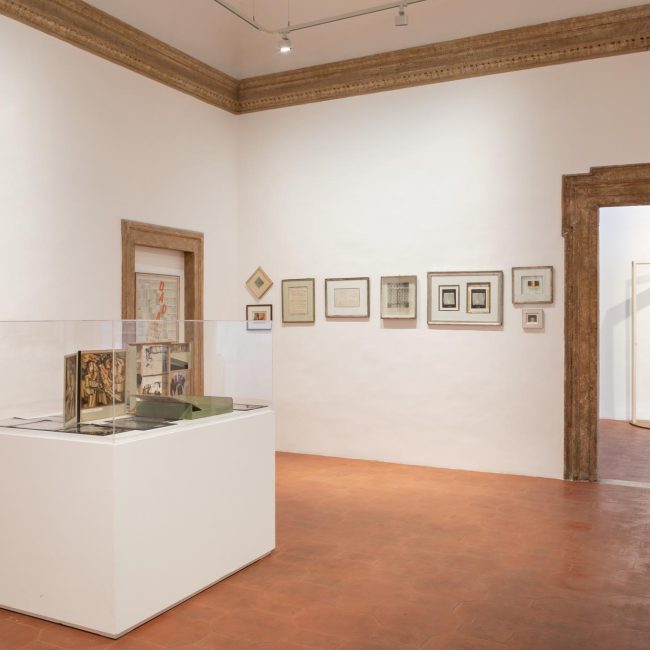
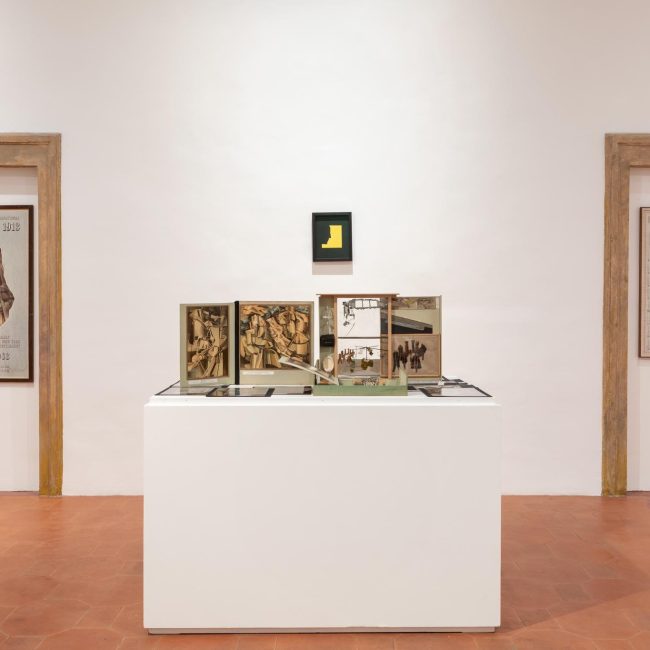
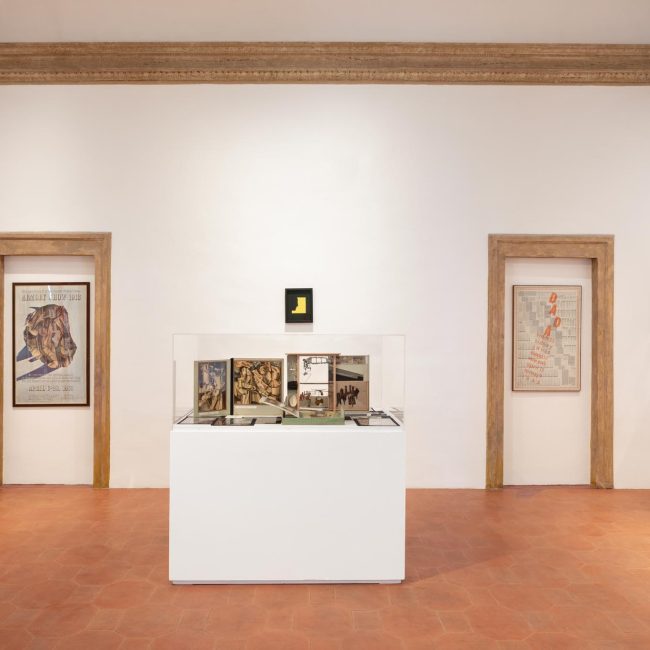
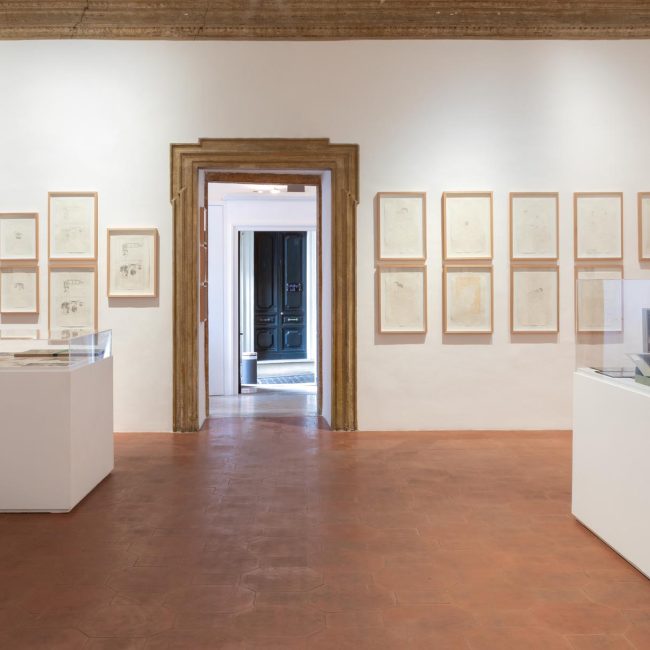
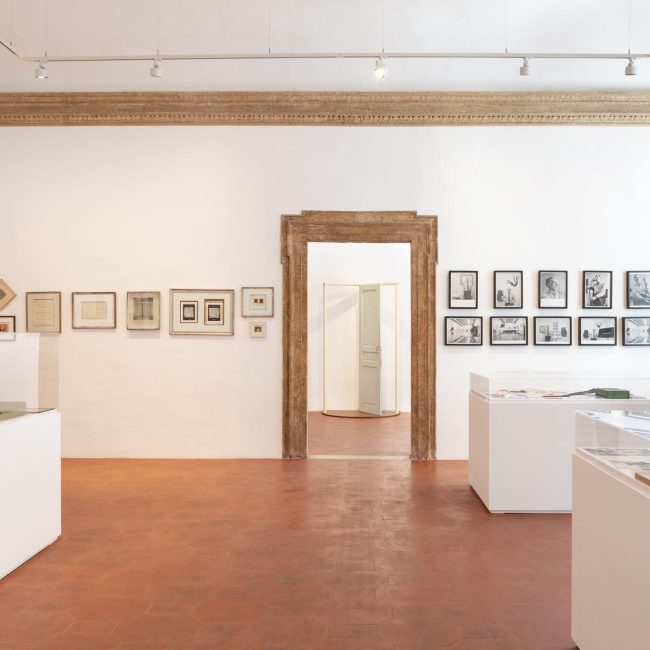
Marcel Duchamp (1887 – 1968) "The Large Glass" incisione da lastra di rame 33 x 25 cm (13 x 9.85 in) da edizione 2 di 30 Eseguito nel 1965
Marcel Duchamp (1887 – 1968) "Black Book" raccoglitore in pelle nera contenente 43 rari documenti della carriera di Duchamp 30 x 30 cm (11.81 x 11.81 in) Eseguito nel 1964
Marcel Duchamp (1887 – 1968) "A GUEST + A HOST = A GHOST" carta argentata stampata 10 x 10 cm (3.94 x 3.94 in) Eseguito nel 1953
Marcel Duchamp (1887 – 1968) "La Mariée mise à nu par ses célibataires meme (The Green Box)" scatola di cartone in velluto verde, copertina con le iniziali M e D di sottile lastra di rame, con nota manoscritta, riproduzioni fac-simile e un disegno originale, una stampa di “Testimoni Oculisti” 33,2 x 28 x 2,5 cm (13.07 x 11.03 x 0.99 in) edizione di 20 esemplari Eseguito nel 1934
Marcel Duchamp (1887 – 1968) "La Mariée mise à nu par ses célibataires meme (The Green Box)" scatola di cartone in velluto verde contenente 93 appunti, disegni, fotografie fac-simile, e una stampa dei “Testimoni Oculisti” tirata su carta gialla 33,2 x 28 x 2,5 cm (13.07 x 11.03 x 0.99 in) esemplare 149 di 300 Eseguito nel 1934
Marcel Duchamp (1887 – 1968) "Par ou de Marcel Duchamp ou Rrose Selavy (La Boite-en-valise)" riproduzioni in miniatura e riproduzioni a colori delle opere di Duchamp, conservate in un box di cartone all’interno di una valigia, entrambi ricoperti di velluto verde 40 x 37,5 x 9 cm (15.75 x 14.77 x 3.55 in) Eseguito nel 1935-1941 (1961)
Marcel Duchamp (1887 – 1968) "Door: 11 rue Larrey" porta di legno 220 x 62,7 cm (86.62 x 24.67 in) Eseguito nel 1927